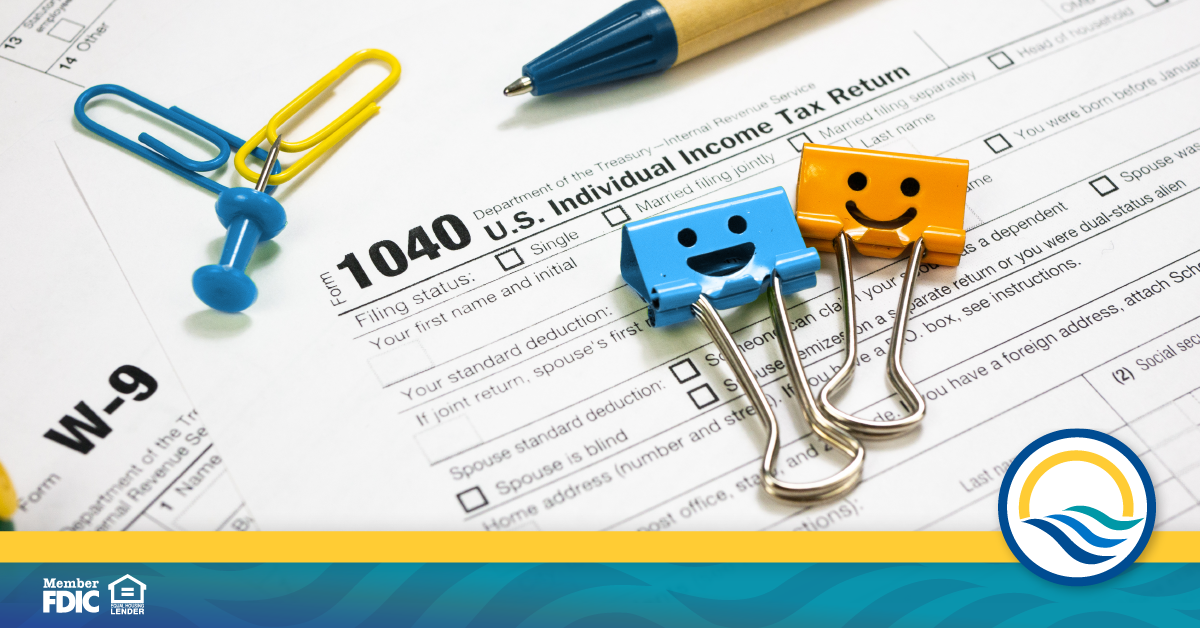How to Receive a Tax Extension

The deadline for filing and paying your 2021 income taxes is April 18, 2022. If you’re worried that Tax Day will arrive too soon and you won’t have enough time to submit your federal tax return before it’s due, you can request an extension from the IRS. Doing so will give you until Oct. 15, 2022 to file a return — an additional six months.
Why might you need a tax extension?
Most people file their tax returns before Tax Day, but not everyone is able to meet that deadline. According to Turbo Tax, the most common reasons why people request extensions include a delay in receiving the tax documentation you need from other entities, unexpected life events or natural disasters that inhibit you from filing on time, and simply not managing their time well.
How can you request a tax extension from the IRS?
As with any procedure involving the IRS, you have to fill out and submit the proper form to receive a tax extension. In this case, it’s a Form 4868.
As Amanda Dixon of SmartAsset explains, “Form 4868 is known as the Application for Automatic Extension of Time to File U.S. Individual Income Tax Return … Anyone can qualify for an automatic federal tax extension. The government won’t even ask why you need extra time to file.”
Fill out the form as you would any other tax form, either through the IRS directly via its e-file program or mailing a paper copy, or by using tax preparation software. You’ll need to provide information including your name, Social Security number, and address, as well as an estimate of your total tax liability.
Other special circumstances require different IRS forms to request an extension, such as a Form 7004 for certain business income taxes, a Form 2350 if you’re a U.S. citizen living abroad, or a Form 4768 to pay U.S. Estate tax.
An alternate method to receive an extension
You can also get an extension by paying all or part of the estimated income tax you owe via the IRS website and indicate that the payment is intended for an extension. This way you won’t have to file a separate extension form and you will receive a confirmation number for your records.
Whichever form you need to submit or method you follow, make sure you do so by Tax Day, as once the filing deadline passes, you may not be granted an extension even if you request one.
Extra time to file, not to pay
It’s crucial that you understand this distinction: The extension granted by the IRS to submit your tax paperwork late does not grant you an extension to pay any taxes that you owe. A Form 4868 only gives you the additional six-month period to send your paperwork to the IRS, not have an extra half-year to avoid paying the taxes you owe.
Keep in mind that receiving an extension to file your taxes only matters if you owe the government money, Dixon points out. “If you don’t owe the federal government any money, the IRS won’t penalize you for filing your taxes after the April deadline.”
A Form 4868 is only for extending the deadline of your federal tax returns, not your state or local taxes. To receive extra time to complete those, you’ll need to locate and follow the prescribed procedure for each government level based on where you live. As always, consult your tax advisor for more information.
